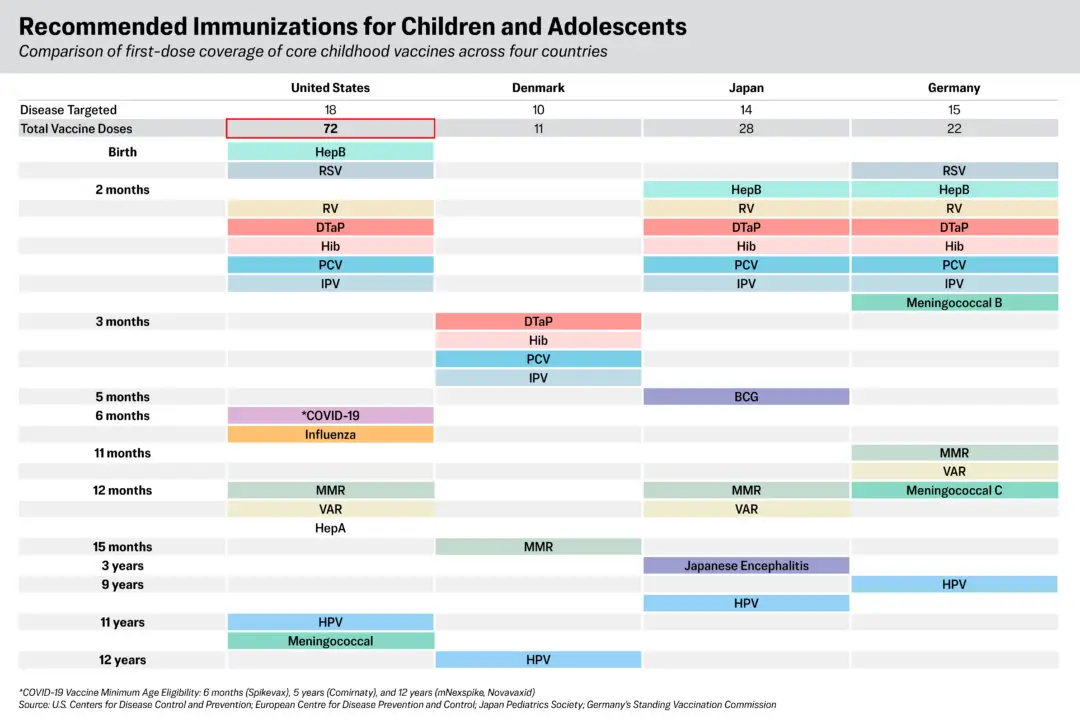NEW YORK—An average of 72,400 jobs will be added each year over the next six years, according to an economic and revenue forecast by the Independent Budget Office (IBO).
The office released highlights of a similar forecast on March 5, however, the state’s Department of Labor then released annual employment numbers, replacing numbers based on surveys with those based on actual payrolls.
“These annual revisions are generally modest in scope. Not this time. The revisions presented by the Labor Department were dramatic and led IBO to undertake a new economic and revenue forecast incorporating the updated jobs numbers,” states the forecast.
An average of 72,400 will be added over the next six years; this includes a projected 60,500 jobs in calendar year 2012. This equals 434,400, which is compared with 438,000 jobs gained over eight years during 1994 to 2000.
Although this increase, together with an increase of tax projections is “considerable growth,” it is limited by “relatively weak Wall Street revenues and profits over the near term,” which contributed to the past two economic recoveries.
Out of the projected 60,500 jobs, few would be on Wall Street. Leisure and hospitality, education and health care, business services, and wholesale and retail trade are expected to have more than 55,000 of these jobs added.
However, not all of the new numbers were positive, explained the forecast. Even though city businesses were said to have added 64,300 jobs in 2011, only 5,000 more city residents were actually employed in 2011 than 2010.
Neither nonresidents taking jobs, nor New Yorkers going from self-employment to payroll employment “can explain much of so large a gap between the payroll reports of city businesses and the household survey of city residents,” stated the forecast. “Ultimately, we are simply left with a discrepancy between the two series.”




